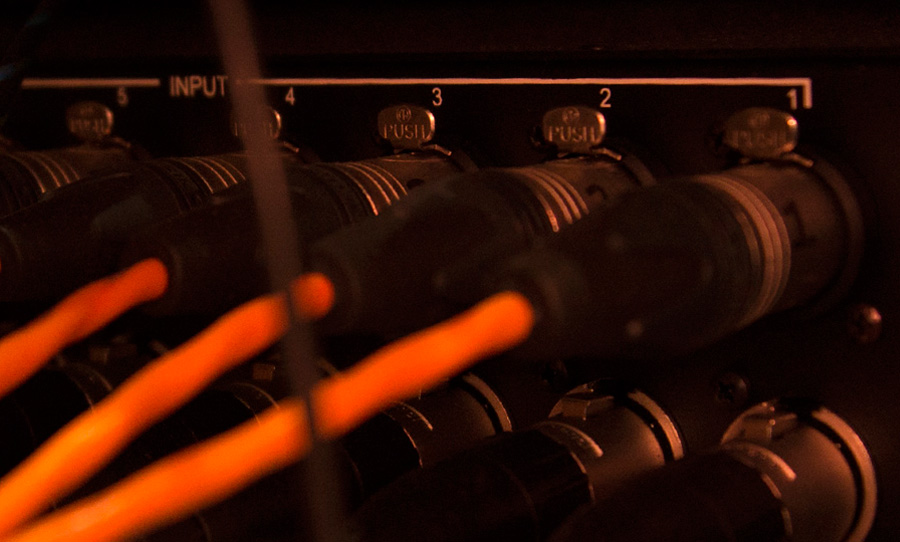Despite all it’s quirks and oddities – inconveniences even – the Phoenix DRS-8 preamp is a genius little unit with 8 channels of pure vintage goodness.
Studios are generally becoming smaller and more cost-effective operations. Many don’t have the space to house large format consoles. Manufacturers of preamps have continued to innovate through this period to meet the needs of a modern DAW-based studio. The need for high-quality microphone preamplification has never been more apparent: it’s incredibly desirable to have access to colourful analog gain staging before the signal hits the digital converter.
The Californian company, Phoenix Audio have been leaders in preamp design since forming in 1996. They boast an impressive pedigree, with David Rees and Shaun Leveque at the helm (Rees being a former Neve designer). They’ve designed summing mixers, multi-channel DIs, equalisers and, of course, preamps.

The DRS-8 mkII is Phoenix Audio’s biggest preamp offering, delivering 8 channels. The front panel options include a -15db pad, mic/line level toggle, DI toggle, phantom switch, phase switch, high pass filter (set at 80 Hz) and a mute switch. The level LEDs measure the output of the signal. These controls are available separately on every channel, which adds to the versatility of this box. The rear panel hosts the “combo” sockets, meaning that you can plug in XLR cables or mono jacks plugs into any of the inputs. Outputs for each channel are XLR.
Those used to plugging in a guitar using a front panel Hi-Z input will be a little frustrated – it’s only accessible via the rear panel. Another eccentricity is the marking on the input knob: -30 to -70 in 5dBu increments. It is a pretty standard clockwise setup though. The output “fader” is a little knob at the bottom left of every channel. I guess it’s in an awkward spot, but you would have to think outside the box when placing all your controls on an 8 channel 2U rackmounted box. This output “fader” adds an extra 10dB to the preamp.
The genius of this unit, however, lies in the relationship between the input and output stage. If you’re looking for a clean and powerful tone, drive the output harder and leave the input relatively low. But if you looking for vintage saturation, the input can be driven hard and the output can act as an attenuator, giving you maximum control for when the signal hits your DAW. With enough experimentation, all tonal possibilities in between super clean and ballsy distortion are accessible. Multiply that versatility in colour by eight, and the value (especially in dollar terms) in the DRS 8 mkII becomes ever more apparent.

Yes, this preamp unit has ever so small inconveniences. The layout of the channels can be a tad confusing on first sight, but not such a hurdle once you’ve spent some time with it. What you get in return is eight channels of mercurial design with extraordinary tonal possibilities. Though the DRS 8 mkII costs a pretty penny as a whole, the channel by channel cost-effectiveness is unbeatable. In a world with more and more recording studios sans large format consoles, these multichannel beasts are going to become more and more important. We look forward to the future of innovative multi-channel preamps with interest.



